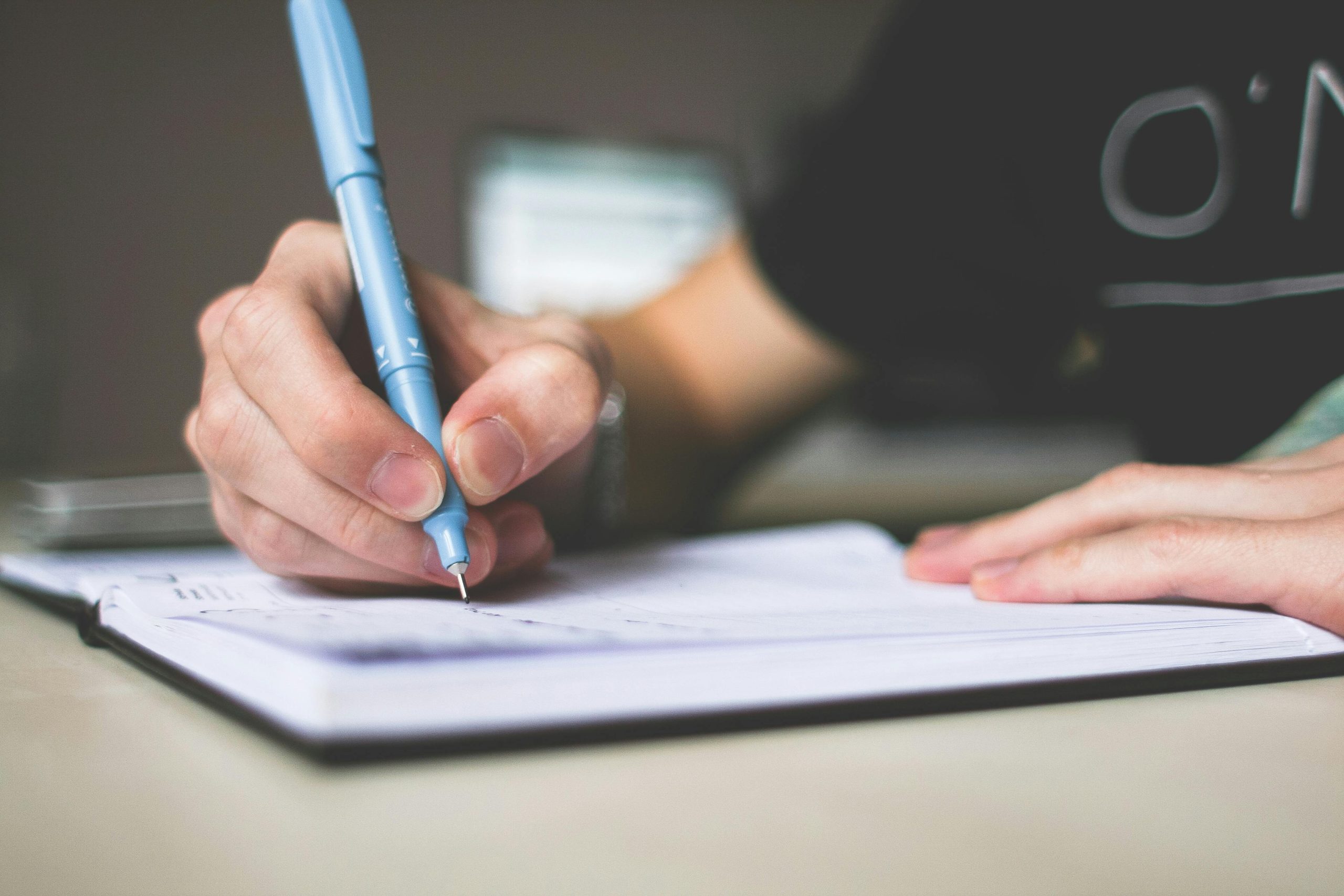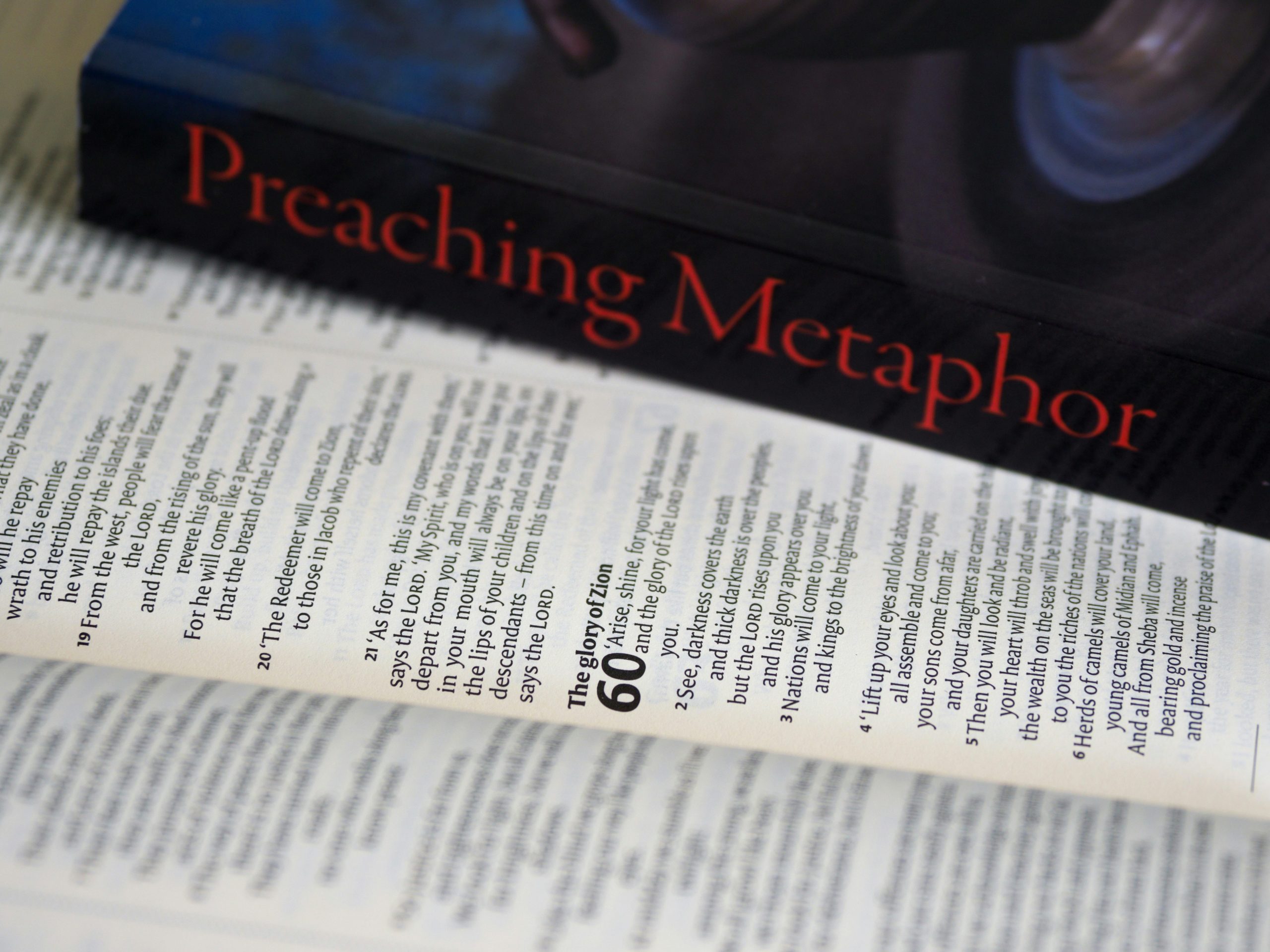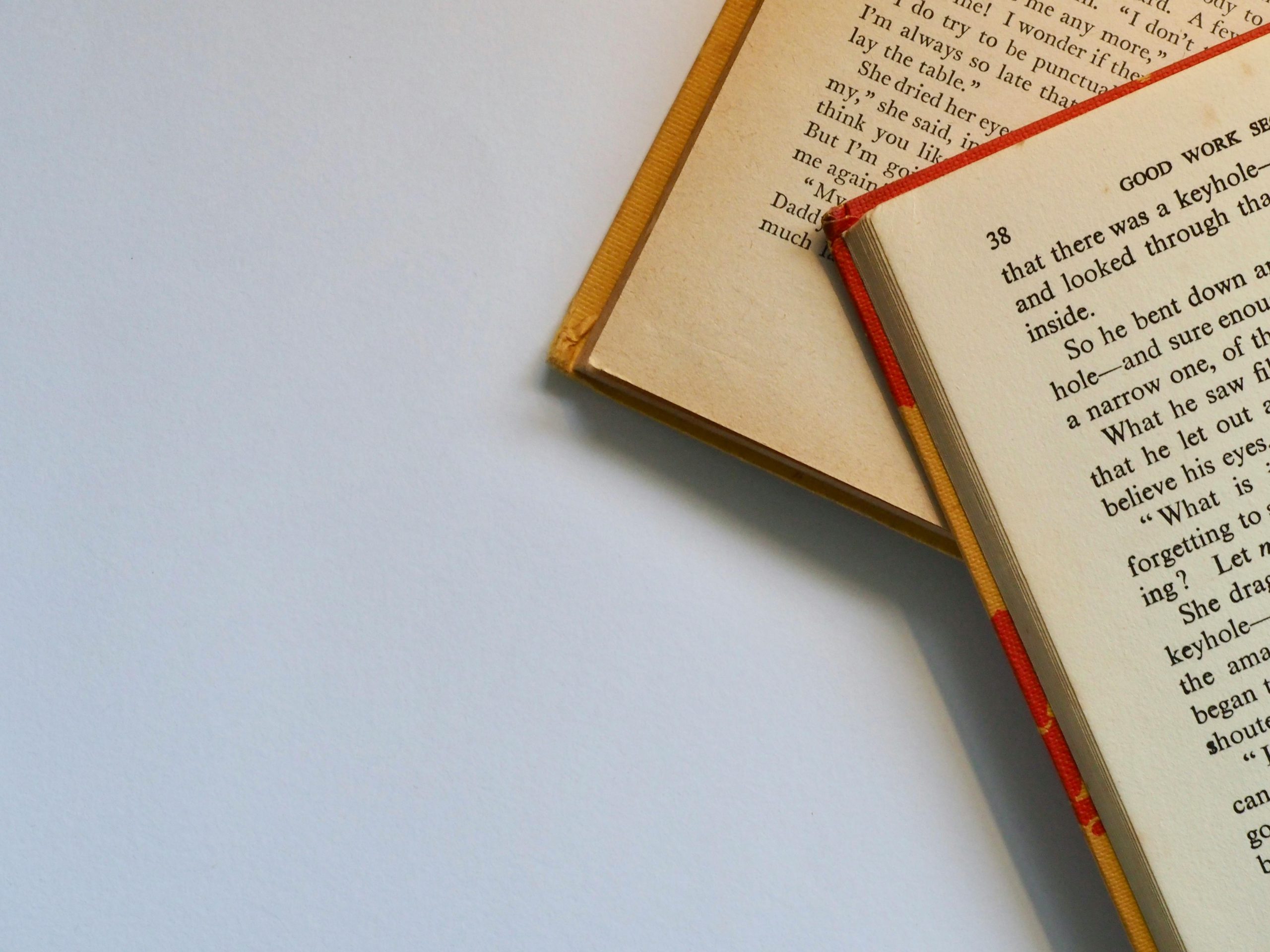Have you ever found yourself lost in the intricate web of words crafted by your favorite authors, marveling at their ability to evoke emotions and paint vivid pictures with mere sentences? If so, you’ve likely encountered the magic of literary devices. These clever tools, hidden in plain sight within the pages of books and poems, add depth and complexity to the written word, transforming a simple story into a masterpiece of art. From metaphors that dance across the page to similes that spark connections in our minds, literary devices are the secret ingredients that turn literature from mundane to mesmerizing.
Introduction: Defining literary devices in writing
Literary devices serve as the intricate tools in a writer’s toolbox, adding depth and complexity to their work. These devices are like hidden gems scattered throughout a piece of writing, waiting to be discovered by attentive readers. From metaphors that paint vivid imagery to allusions that evoke layers of meaning, literary devices create an enchanting tapestry that captivates audiences.
By understanding the various literary devices at play in a text, readers can unlock deeper layers of interpretation and appreciation for the craft behind the writing. For writers, mastery of these tools allows for more nuanced storytelling and effective communication with their audience. Each device has its unique power, from similes creating striking comparisons to symbolism imbuing narratives with deeper significance. Embracing these techniques not only enriches the reading experience but also showcases the artistry involved in crafting compelling stories.
In essence, literary devices are like a symphony conductor orchestrating different elements of language to create harmonious compositions that resonate with readers on multiple levels. It’s through these carefully chosen words and stylistic choices that writers breathe life into their narratives and invite readers on immersive journeys through their creativity and imagination.

Importance: Enhancing storytelling and conveying emotions
Storytelling is more than just a means of conveying information; it’s an art form that allows us to delve into the depths of human emotion. By employing literary devices such as imagery, symbolism, and metaphor, writers can enhance their storytelling and evoke powerful emotions within their readers. These tools serve as bridges between the writer’s imagination and the reader’s experience, creating a profound connection that transcends mere words on a page.
Emotions are the lifeblood of any story, infusing characters with depth and authenticity while allowing readers to empathize with their struggles and triumphs. Through careful use of literary devices like foreshadowing or flashback, writers can manipulate the emotional journey of their audience, leading them through peaks of joy or valleys of sorrow. It is this ability to craft emotional landscapes that distinguishes masterful storytelling from mere prose, capturing hearts and minds in ways that resonate long after the final page has been turned.
Common examples: Metaphor, simile, imagery, foreshadowing
Metaphors are the chameleons of language, transforming the mundane into the extraordinary. A haunting melody becomes a river winding through memories, connecting past and present in a seamless flow of emotion. Through metaphors, writers paint vivid landscapes in the reader’s mind, invoking feelings that transcend words.
In contrast, similes offer a more direct comparison, like signposts guiding readers through unfamiliar terrain. The sun is not just bright but as radiant as a diamond, casting its golden rays upon fields of rippling wheat. Similes add layers of meaning by tethering abstract concepts to tangible objects or experiences.
Imagery is the artist’s palette of words – a tapestry woven with sensory details that transport readers to far-off realms or immerse them in moments frozen in time. The scent of jasmine hangs heavy in the air as lovers whisper secrets beneath a moonlit sky, each image carefully crafted to evoke an emotional response from those who linger within its embrace.

Impact on readers: Engaging and creating depth
When a writer successfully engages readers through literary devices, the impact can be profound. By weaving layers of meaning and depth into their work, authors have the power to evoke emotions, spark imagination, and provoke thought in their audience. Through techniques such as foreshadowing, symbolism, and allegory, readers are drawn into a world where every word holds significance and every image carries weight.
The ability to create depth in storytelling allows readers to connect with characters on a deeper level and empathize with their experiences. As they delve into the intricacies of a narrative crafted with literary devices like metaphor and irony, readers are encouraged to reflect on larger themes and ideas that resonate beyond the pages of the text. This engagement not only enriches the reading experience but also leaves a lasting impression on individuals as they ponder the complexities of human nature and society portrayed within the story.
Creative use: Symbolism and allegory in literature
Symbols and allegories are powerful tools in the hands of skilled writers, enhancing the depth and complexity of their works. In literature, symbols often represent universal concepts or themes that resonate with readers on a profound level. For example, the green light at the end of Daisy’s dock in The Great Gatsby symbolizes Gatsby’s unreachable dreams and desires, while also serving as a metaphor for the American Dream itself.
Allegories take symbolism one step further by using extended metaphors to convey moral or philosophical messages. George Orwell’s Animal Farm is a classic example of allegory, where animals represent different factions in society and political systems. Through this indirect representation, Orwell effectively critiqued totalitarianism and explored complex ideas about power dynamics and human nature. Symbols and allegories enrich literature by inviting readers to delve beyond the surface narrative, exploring layers of meaning that challenge perceptions and ignite deeper reflections on life’s complexities.

Significance in different genres: Fiction, poetry, drama
In fiction, significance often lies in the intricate world-building and character development that transport readers to new realms filled with depth and meaning. Through elements like symbolism and foreshadowing, authors can weave layers of significance into their stories, inviting readers to explore themes and emotions beyond the surface narrative.
Poetry, on the other hand, thrives on conveying powerful messages through concise yet evocative language. Each word is carefully chosen to evoke specific emotions or create vivid imagery, allowing readers to delve into the depths of human experience in a condensed form. The significance in poetry stems from its ability to distill complex ideas into impactful verses that resonate long after they are read.
Drama brings significance through the dynamic interplay between characters and their conflicts, mirroring societal issues and individual struggles on stage. Themes of power, love, betrayal, and redemption come alive through dialogue and action, inviting audiences to reflect on universal truths about the human condition. The significance in drama lies not only in the story being told but also in how it mirrors our own lives back to us, prompting introspection and empathy.
Conclusion: Exploring the power of literary devices
In conclusion, the power of literary devices lies in their ability to transform mere words into vivid worlds that captivate and resonate with readers on a profound level. Through techniques such as metaphor, simile, and personification, writers can breathe life into their narratives, evoking emotions and creating connections that transcend the limitations of language. Each device serves as a tool in the writer’s arsenal, enabling them to craft stories that leave a lasting impact on audiences.
Moreover, the strategic use of literary devices allows writers to convey complex ideas and themes in a way that is both engaging and thought-provoking. By utilizing symbolism, foreshadowing, or irony, authors can layer their narratives with deeper meanings and invite readers to delve beneath the surface of the text. These devices not only enhance the storytelling experience but also invite interpretation and encourage critical thinking among readers. Ultimately, it is through the mastery of these devices that writers are able to harness the full potential of language and create works of art that endure through time.
